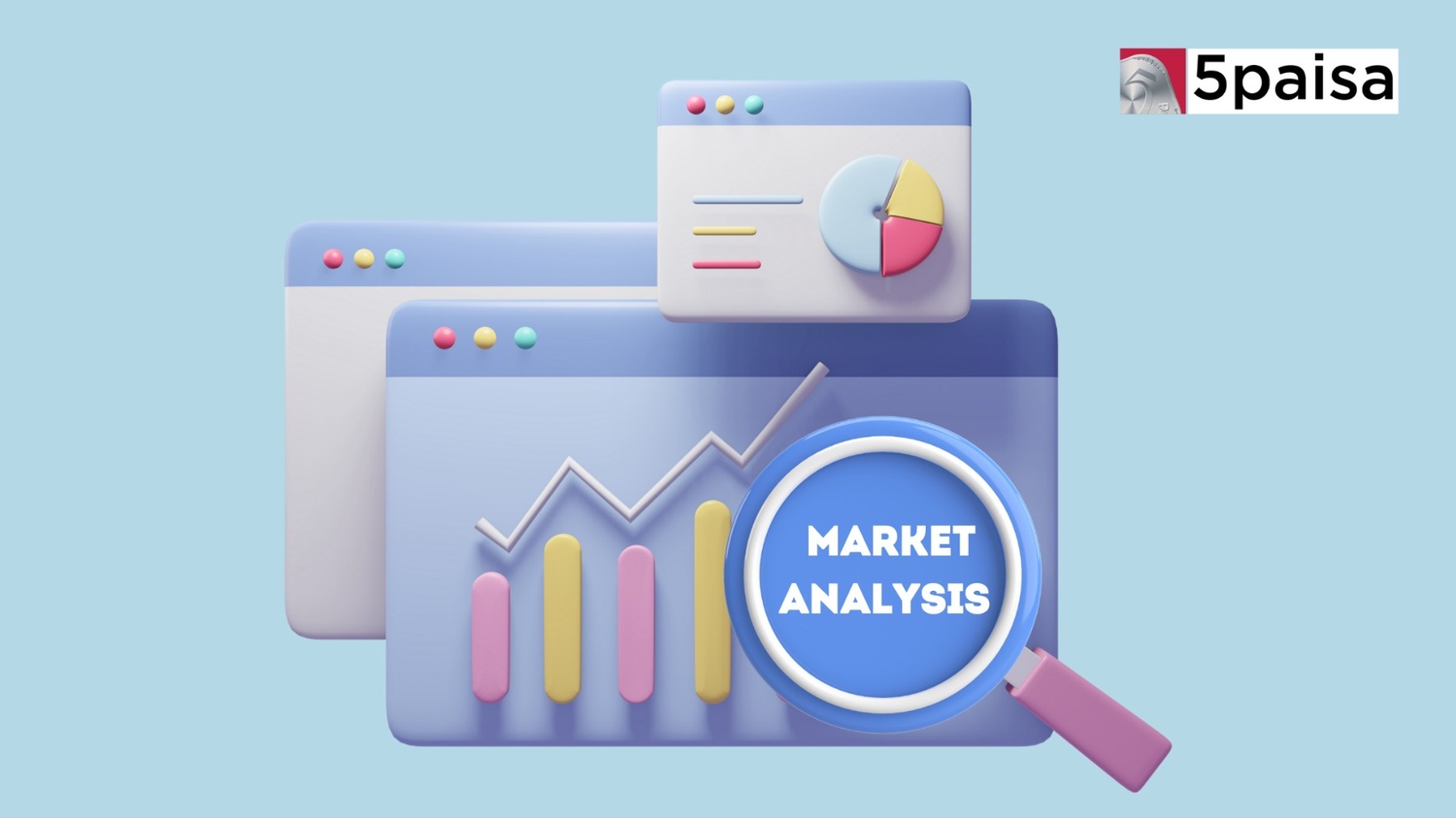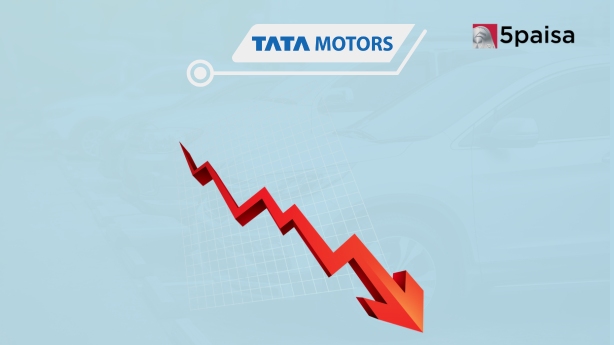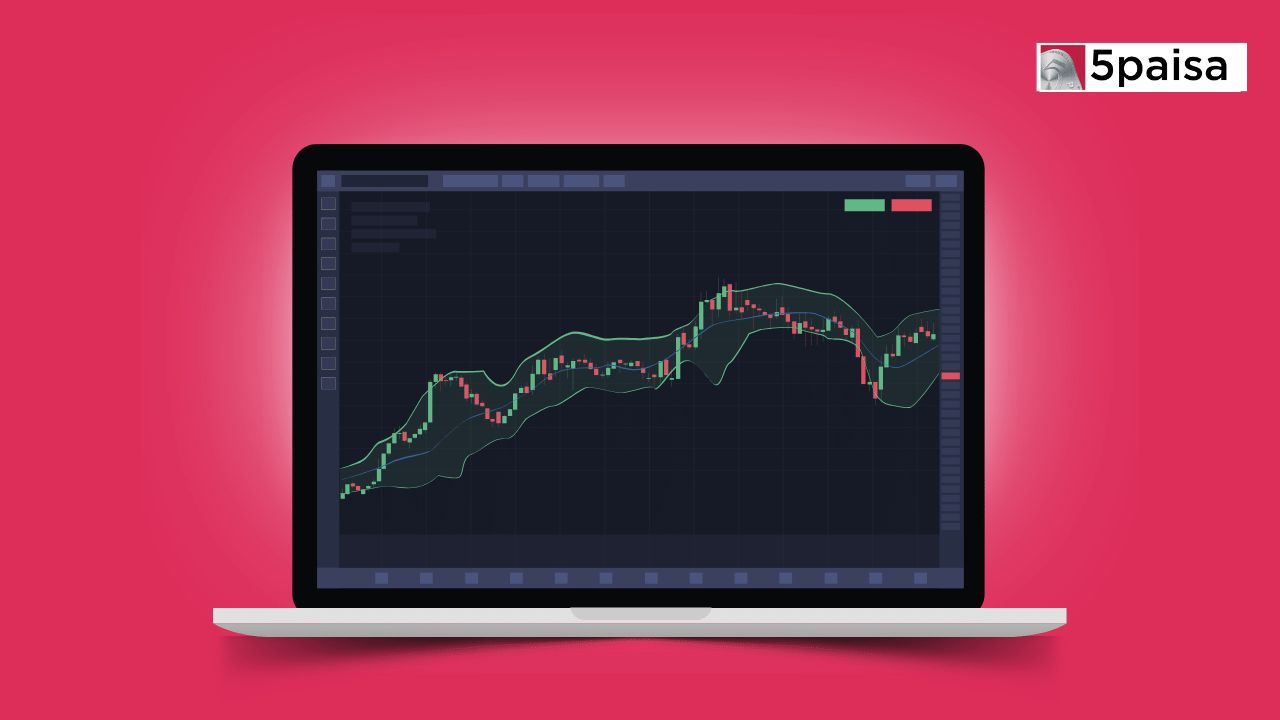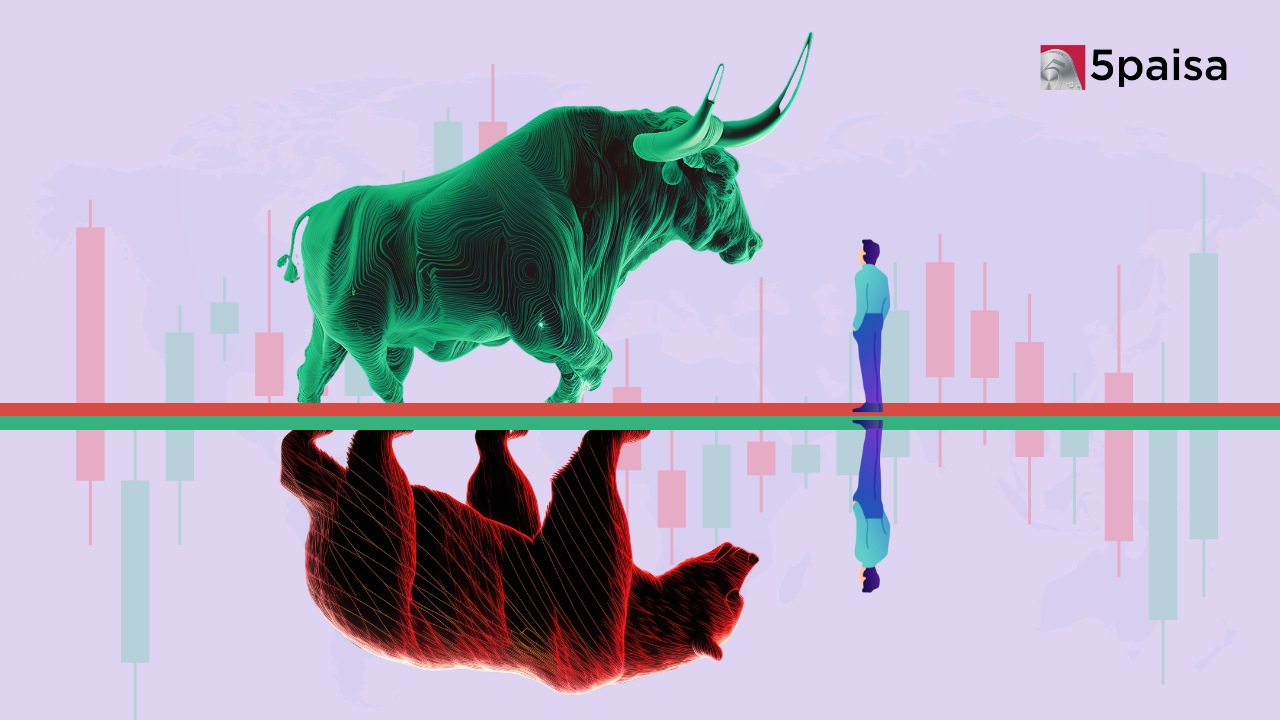iThe current values are delayed, open demat account for live values.
Nifty 100
Nifty 100 Performance
-
Open
23,359.90
-
High
23,442.35
-
Low
23,196.70
-
Prev Close
23,411.40
-
Dividend Yeild
1.40%
-
P/E
20.6
Nifty 100 Chart

Color code for Stocks Performance
- 5% and above
- 5% to 2%
- 2% to 0.5%
- 0.5% to -0.5%
- -0.5% to -2%
- -2% to -5%
- -5% and below
Constituent Companies
| Company | Market Cap | Market Price | Volume | Sector |
|---|---|---|---|---|
| Asian Paints Ltd | ₹216510 Cr |
₹2257.6
(1.48%)
|
1361327 | Paints/Varnish |
| Bajaj Holdings & Investment Ltd | ₹135979 Cr |
₹12230
(1.07%)
|
79316 | Finance |
| Britannia Industries Ltd | ₹116371 Cr |
₹4831.9
(1.52%)
|
379290 | FMCG |
| Cipla Ltd | ₹119067 Cr |
₹1475.75
(0.88%)
|
1911268 | Pharmaceuticals |
| Eicher Motors Ltd | ₹135979 Cr |
₹4962.45
(1.03%)
|
501604 | Automobile |
Nifty 100 Sector Performance
Top Performing
| Sector Name | Percentage Change |
|---|---|
| Ceramic Products | 0.01 |
| Dry cells | 2.46 |
| Real Estate Investment Trusts | 0.52 |
| Paints/Varnish | 0.6 |
Under Performing
| Sector Name | Percentage Change |
|---|---|
| Diamond, Gems and Jewellery | -1.56 |
| IT - Hardware | -0.49 |
| Leather | -0.67 |
| Healthcare | -0.4 |
NIFTY 100
NIFTY 100 is a broad and diversified index on NSE representing the top 100 companies from the NIFTY 500 based on market capitalization. These large cap stocks span 17 sectors with Financial Services having the highest weight at around 33%. Other key sectors include IT, Oil & Gas, FMCG and Automobiles making up about 75% of the index.
NIFTY 100 combines the performance of NIFTY 50 and NIFTY Next 50 and covers nearly 76.8% of the market capitalization on NSE. It was launched on 1 December 2005 with a base year of 2003 and a base value of 1000. NIFTY 100 index is updated semi annually and is managed by NSE Indices Limited.
NIFTY 100 also has variants like the NIFTY 100 Total Returns Index and NIFTY 100 Equal Weight Index, making it useful for launching index funds, ETFs and other investment products.
What is the Nifty 100 Index?
NIFTY 100 is a broad index on NSE representing the top 100 companies by market capitalization from NIFTY 500. It covers large cap stocks across 17 sectors with Financial Services being the largest segment. Launched on 1 December 2005 with a base value of 1000, the index reflects the combined performance of NIFTY 50 and NIFTY Next 50. It captures nearly 76.8% of NSE's market capitalization and is updated semi annually. Managed by NSE Indices Limited, the index also has a variant known as NIFTY 100 Total Returns Index and NIFTY 100 Equal Weight Index.
How is the Nifty 100 Index Value Calculated?
NIFTY 100 index value is calculated using the formula:
Index Value = Current free float market cap / (Base free float market cap * Base Index Value)
This method ensures that the index reflects the relative performance of the listed companies over time. NIFTY 100 index is reviewed twice a year, using data from January and July. If stocks need to be replaced up to 5 changes can occur annually, with updates implemented on the last trading day of March and September. These changes are announced four weeks in advance to the market.
NIFTY 100 Scrip Selection Criteria
NIFTY 100 share price is calculated by weighting its 100 stocks based on their free float market capitalization compared to a base market value in real time. Free float refers to shares available for public trading excluding those held by promoters.
To be included in NIFTY 100 index, a stock must:
● Be listed on the National Stock Exchange (NSE).
● Be part of NIFTY 500 and have at least 10% of its shares available for public trading.
● Rank among the top 90 based on full market capitalization.
● Have a market capitalization rank that is 1.5 times higher than the last stock in NIFTY 100 and be available for trading in NSE F&O (Futures & Options) segment.
● Be excluded if its rank falls below 110 or if it is removed from NIFTY 500.
● For newly listed stocks, eligibility is checked based on data from the past three months instead of six.
● Non F&O stocks must have fewer than 20% of their trading days affected by upper or lower circuit limits in the past six months to be included.
How does NIFTY 100 work?
NIFTY 100 is a broad index on NSE that tracks the top 100 companies by market capitalization from NIFTY 500. It includes large cap stocks across 17 sectors, with Financial Services being the largest segment. The index value is calculated in real time based on the free float market capitalization of its constituent stocks relative to a base market value. Stocks must meet criteria like being listed on the NSE, having a minimum free float percentage, and a high market cap rank to be included. The index is reviewed semi annually, with up to 5 stocks replaced each year.
What are the Benefits of Investing in the NIFTY 100?
Investing in NIFTY 100 offers several benefits. It provides exposure to the top 100 large cap companies across various sectors, offering diversified investment opportunities. This broad sector coverage helps spread risk and capture growth across different parts of the economy. NIFTY 100 index includes leading companies with strong market positions, enhancing the potential for stable returns. It reflects a portion of the market, covering about 76.8% of the float adjusted market capitalization on the NSE, ensuring that it represents a large share of the trading activity. NIFTY 100 index is updated semi annually to stay relevant, making it a reliable benchmark for performance tracking and investment decisions.
What is the History of the Nifty 100?
NIFTY 100 launched on 1 December 2005 uses 2003 as its base year with a base value of 1000. To track the top 100 large cap companies from NIFTY 500, covering 17 sectors. Financial Services make up about 33% of the index, while IT, Oil, Gas, FMCG and Auto sectors together account for roughly 75%. It combines the performance of NIFTY 50 and NIFTY Next 50 indices, offering a broad view of the leading companies in the Indian market. This helps investors track and invest in a diverse range of major companies across key economic sectors.
Other Indices
| Indices Name | Price | Price Change (% change) |
|---|---|---|
| India VIX | 14.53 | -0.15 (-1.02%) |
| Nifty 10 Yr Benchmark G-Sec | 2477.38 | -3.81 (-0.15%) |
| Nifty 10 Yr Benchmark G-Sec (Clean Price) | 893.06 | -1.58 (-0.18%) |
| Nifty 100 | 23274.05 | -137.35 (-0.59%) |
| Nifty 100 Alpha 30 Index | 16085.8 | -230.85 (-1.41%) |
Faqs
How To Invest in Nifty 100 Stocks?
You can invest in NIFTY 100 through 5paisa in a couple of ways. First, you can choose index funds or exchange traded funds (ETFs) that track the NIFTY 100, offering a cost effective way to diversify your investment. Second, you can select individual stocks from NIFTY 100 based on research allowing you to build a personalized and diverse portfolio.
What are Nifty 100 stocks?
NIFTY 100 index includes the top 100 large cap stocks from NIFTY 500, ranked by their market value. Over 50% of this index is made up of just 10 major companies includues Reliance Industries, HDFC Bank, Infosys, ICICI Bank, Tata Consultancy Services, Kotak Mahindra Bank, ITC, Hindustan Unilever and L&T. These companies represent a portion of the index, highlighting their importance in the market.
Can you trade shares on Nifty 100?
Yes, you can trade shares of companies listed in the Nifty 100 Index through a Demat account. You can buy and sell these stocks during market hours like any other listed stock. Additionally, you can invest in ETFs for broader exposure.
In which year was the Nifty 100 Index launched?
NIFTY 100 index was launched by National Stock Exchange (NSE) on 1 December 2005. It uses 2003 as its base year with a starting value of 1000.
Can we buy Nifty 100 and sell it tomorrow?
Yes, you can buy Nifty 100 stocks and sell them the next day, following the BTST (Buy Today, Sell Tomorrow) strategy. This allows you to take advantage of short term price movements without waiting for the usual settlement period.
Latest News

- Feb 21, 2025
Indian stock markets ended in the red as key indices faced pressure from auto and financial stocks. The Sensex fell 424 points to close at 75,311, while the Nifty slipped 117 points to end at 22,795. The sell-off was led by the auto sector, which tanked 2.5% following reports of a potential reduction in import duties on EVs.

- Feb 21, 2025
The ownership structure of India Inc. is experiencing a significant transformation, with foreign portfolio investors (FPIs) reaching their lowest stake in NSE-listed companies in 13 years. In contrast, domestic mutual funds (MFs) and retail investors are making substantial gains.

- Feb 21, 2025
Amid reports of senior executives departing Tata Motors Ltd. ahead of its planned demerger, the company’s stock faced significant selling pressure during Friday’s early trading session. Tata Motors' share price opened lower at ₹686 per share on the NSE and quickly dropped to an intraday low of ₹673.30 within the first hour of trading.

- Feb 21, 2025
Regulated entities must cultivate the necessary capabilities to adapt to and adhere to evolving regulations, stated Rajeshwar Rao, deputy governor of the Reserve Bank of India (RBI), on February 21. As financial institutions increasingly adopt artificial intelligence (AI), cloud computing, and API-driven finance, the demand for strong governance frameworks and risk management strategies has never been more critical, he noted.
Latest Blogs
Introduction to Ashish Kacholia Ashish Kacholia's financial journey began in the 1990s. He gained valuable experience at firms like Prime Securities and Edelweiss before founding Lucky Securities in 1995. In 1999, he co-founded Hungama Digital with Rakesh Jhunjhunwala, showcasing his ability to spot emerging trends.
- Oct 10, 2025

Navigating the numerous banking options in India is essential for individuals and businesses alike. The best banks in India go beyond traditional banking, offering a wide array of financial services that play a crucial role in the country's economic stability. From innovative digital banking solutions to comprehensive investment and loan offerings, these famous banks in India serve as reliable financial partners.
- Apr 14, 2025


Nifty Prediction for 24th February Another weak day for the NIFTY as it falls 0.6% and closes marginally below 22800. Auto stocks corrected sharply on concerns over a new EV policy that could increase competition. M&M was the top loser at -6%. TATAMOTORS also corrected 2.5%. ADANIPORTS AND WIPRO were among the other top losers. On the other hand, HINDALCO, SBILIFE AND TATASTEEL bucked the trend and were up 2-2.5%. ADR was weak at 0.3 and indicates a broadbased correction.
- Feb 21, 2025
